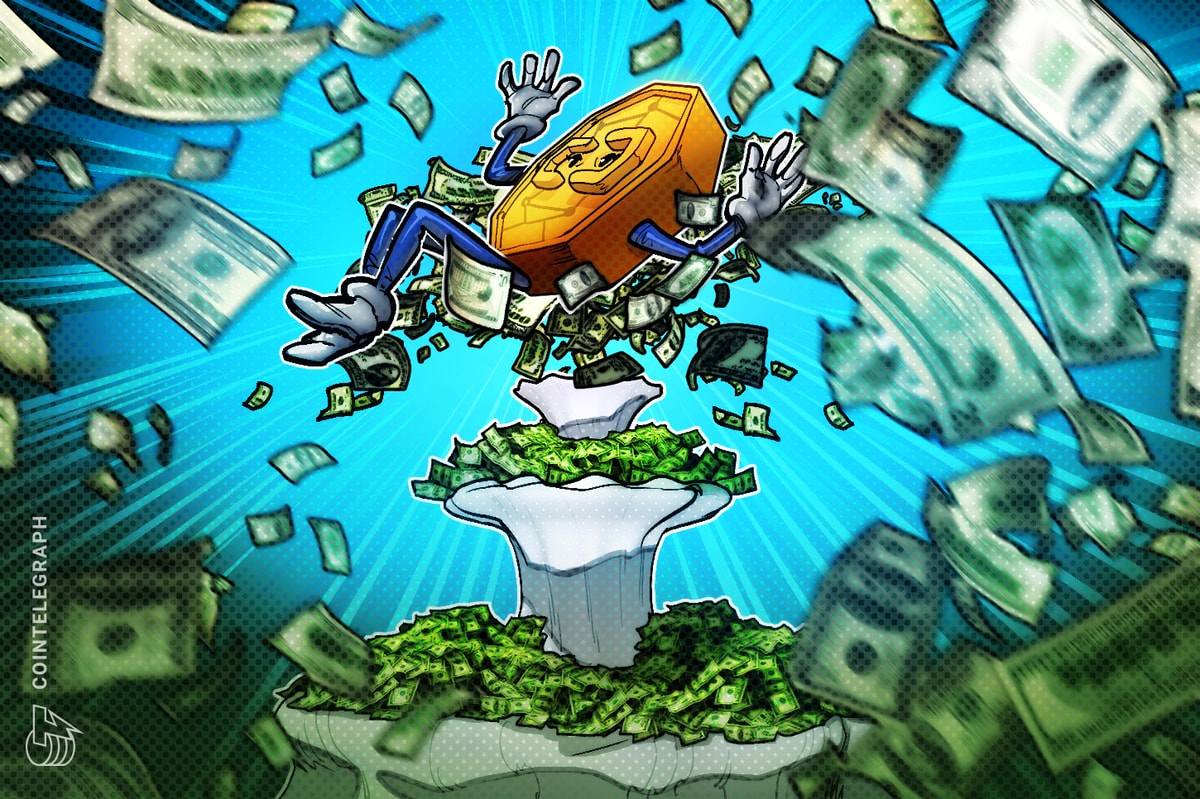Bitcoin (BTC) price plunged 5.5% between July 31 and Aug. 1, reaching its lowest level in over two weeks at $62,498. This movement has been attributed to reduced expectations of interest rate cuts in the United States and the distribution of 47,000 BTC from the estate of defunct exchange Mt. Gox. Traders fear that Bitcoin’s price could further correct to retest the $57,000 support level, but derivatives markets show resilience and no signs of stress.
Investors exited risk markets as they sought protection
On July 31, the United States Federal Open Market Committee announced its decision to leave interest rates unchanged at 5.25%, aligning with market expectations. Fed Chair Jerome Powell cited solid signs of gross domestic product expansion and confidence in the current rate of inflation reduction, potentially supporting a rate cut in September. In short, Powell’s statement suggests a more cautious approach to rate cuts.
Investors increased their bets in US Treasurys, causing the five-year yield to reach its lowest level in six months. Part of this movement can be explained by escalating tensions in the Middle East, leading traders to seek protection in the asset deemed safest. Another confirmation of this theory comes from the precious metal gold, as its price increased to $2,450, just 1.5% below its all-time high.
Investors fear that the US economy is entering a recession, especially as jobless claims rose to an 11-month high and construction spending declined for two consecutive months, according to Yahoo Finance. Meanwhile, investors are awaiting quarterly results from tech giants, including Apple and Amazon, due on Aug. 1. These companies will serve as a gauge of whether the artificial intelligence hype can deliver on its promises in terms of earnings.
Consequently, the timing of the Mt. Gox transfer of nearly $3 billion worth of Bitcoin on July 30 has raised concerns about a potential sell-off, as those investors have waited more than a decade for the payout. The Bitcoin was sent to the crypto exchanges Kraken and Bitstamp as part of the ongoing distribution of recovered funds. Essentially, this movement caused fear among investors as market participants sought an explanation for the recent 5.5% drop in Bitcoin price.
Bitcoin futures and options show no signs of stress
To understand the impact of the retest of the $62,000 support level, one should analyze Bitcoin derivatives metrics. For instance, BTC monthly futures contract prices typically display a 5% to 10% premium relative to regular spot exchanges to accommodate the longer settlement period.

On Aug. 1, the Bitcoin futures premium declined to 7%, the lowest level in three weeks, but still within the neutral range. This represents a modest change from July 30, when the indicator was slightly above the 10% threshold. Thus, it would be inaccurate to say that investors turned bearish based on the futures premium, but they certainly became less optimistic.
Related: Why is Bitcoin price down today?
To determine if this sentiment is present solely in the futures markets, one should analyze the Bitcoin options’ 25% delta skew, which measures the relative demand for call (buy) and put (sell) options. A negative skew indicates higher demand for call options, and neutral markets typically hold a -7% to +7% delta skew, indicating balanced pricing between the two instruments.

Bitcoin’s 25% delta skew presently stands at -5%, meaning put options are trading at a slight discount, typical of neutral markets. More importantly, the metric remained relatively flat from July 31, indicating no significant impact on sentiment according to BTC derivatives metrics. Despite the recent 5.5% intraday decline, it is safe to conclude that professional traders are not anticipating further price corrections in the near term.
This article does not contain investment advice or recommendations. Every investment and trading move involves risk, and readers should conduct their own research when making a decision.







